Breaking Fashion's Creative Barriers
An Interview with Canadian Fashion Designer Christopher Bates
Related Trend Reports
AI, Celebs, Charity, Cosmetics, Customization, Design, DIY, Fashion, Life Stages, Modern, Pop Culture, Shoes, Social Good, Social Media, Tech Trained in Milan, Canadian menswear designer Christopher Bates is known for his impeccable tailoring and timeless aesthetic. Citing James Bond and Sean Connery as his main style inspirations, the designer is the face and creative force behind his self-titled brand and has collaborated with the likes of Air Canada, MTV and more.
Trained in Milan, Canadian menswear designer Christopher Bates is known for his impeccable tailoring and timeless aesthetic. Citing James Bond and Sean Connery as his main style inspirations, the designer is the face and creative force behind his self-titled brand and has collaborated with the likes of Air Canada, MTV and more. Tell us about yourself and how this collection differs from your previous work?
I'm a Canadian menswear designer originally from Vancouver and based in Toronto. I studied fashion design at Istituto Marangoni in Milan and proudly produce all our products in Italy with cutting-edge materials and artisanal level craftsmanship. We retail with industry leaders including Nordstrom and Harry Rosen. This collection is consistent in terms of my contemporary tailored aesthetic, however, I've opted for some bolder fabric selections to generate a fresh energy.
Tell us about your creative process and how you reset when experiencing creative roadblocks?
My creative process really switches on when I visit the fabric fair in Milan each season. It's a smorgasbord for designers like me. Almost all of the best Italian mills and many top international mills exhibit. I go through thousands of fabrics looking for materials that are beautiful and have particular characteristics. Once I find the materials, I start imagining the individual pieces and then the collection itself begins to take shape in my mind.
How do you set yourself apart from others on the Toronto Fashion Week runway stage?
Obviously you have to have a strong collection, but a fashion show is really about the whole being greater than the sum of its parts. You have styling, hair, makeup, music, lighting, models, and backdrops all coming together to breathe life into your collection and put on an exciting show for the audience.
What's the biggest game-changing trend you've seen that's impacting your industry today?
The emergence of digital for sure. E-commerce and social media has taken the industry by storm.
How often do you draw inspiration outside of your own industry?
Frequently. I'm inspired by architecture, film, anatomy, and other design disciplines such as automotive, interior, and furniture. I also find inspiration in music, cooking, and travel. Anything stimulating can help fuel my creative brain.
Where do you see Toronto's fashion industry in 5 years?
I see Toronto becoming an emerging fashion center. It's a good-sized market and there's lot of talented designers here so I see tremendous potential. We're like a younger, smaller New York.
As someone who has had longevity within the industry for some time now, what is your advice for young designers?
The industry is hyper-saturated and extremely competitive so you have to focus, find a niche, and be prepared to work very hard for a long time in order to break through and be successful.
References: christopherbates
Featured Articles
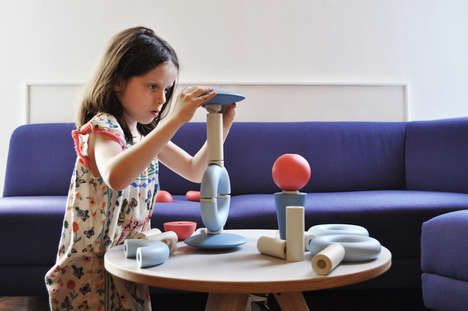
Creativity-Fostering Design Toys
Alessandra Fumagalli Romario's Imaginary Language Encourages Kids

The Importance of Accessibility in Tech
An Interview with Canadian YouTube Star Molly Burke

Crowdsourcing Beauty Innovation
An Interview with Brandy Hoffman, Co-Founder of Volition Beauty
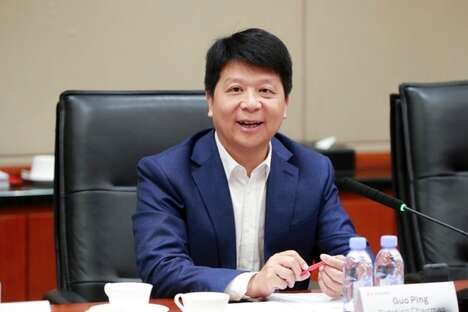
The Importance of Investing in Research
An Interview with Huawei's Rotating Chairman Guo Ping
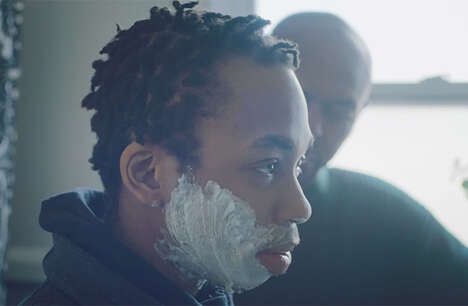
Inclusivity in Brand Storytelling
An Interview with Gillette's Brand Director Pankaj Bhalla
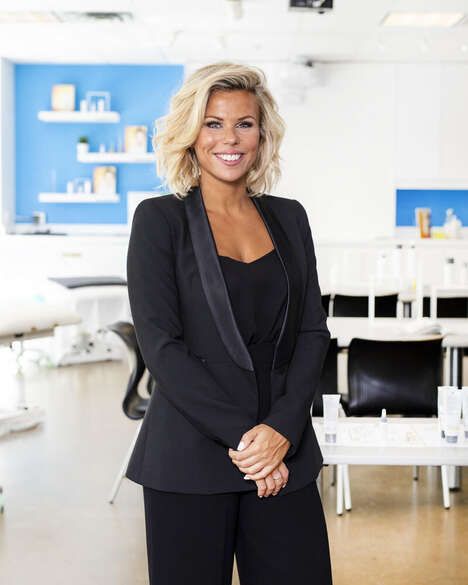
Educational Values in Skincare
An Interview with Lindsay Barras, Dermalogica's Educational Manager

Streamlining Influencer Marketing
An Interview with Mavrck's VP of Marketing, Liz Gottbrecht
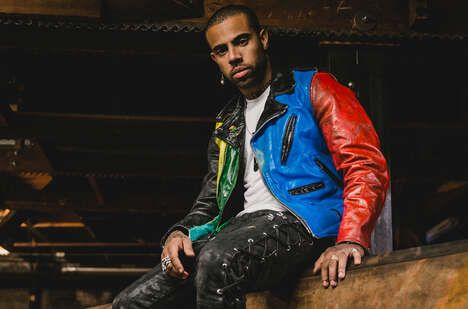
Designing with Artistic Intention
An Interview with Vic Mensa, Chicago Native, Rapper, & Activist
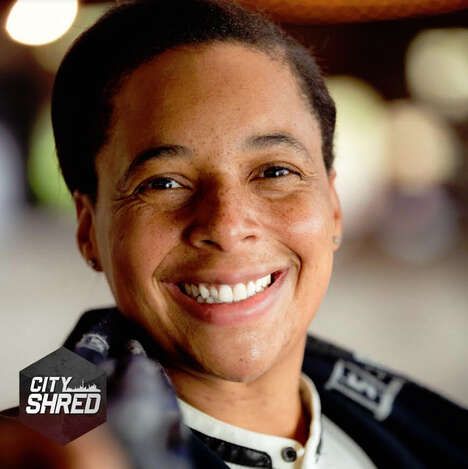
Building Communities Through Fitness
An Interview with Raia Carey, Certified Professional Coach